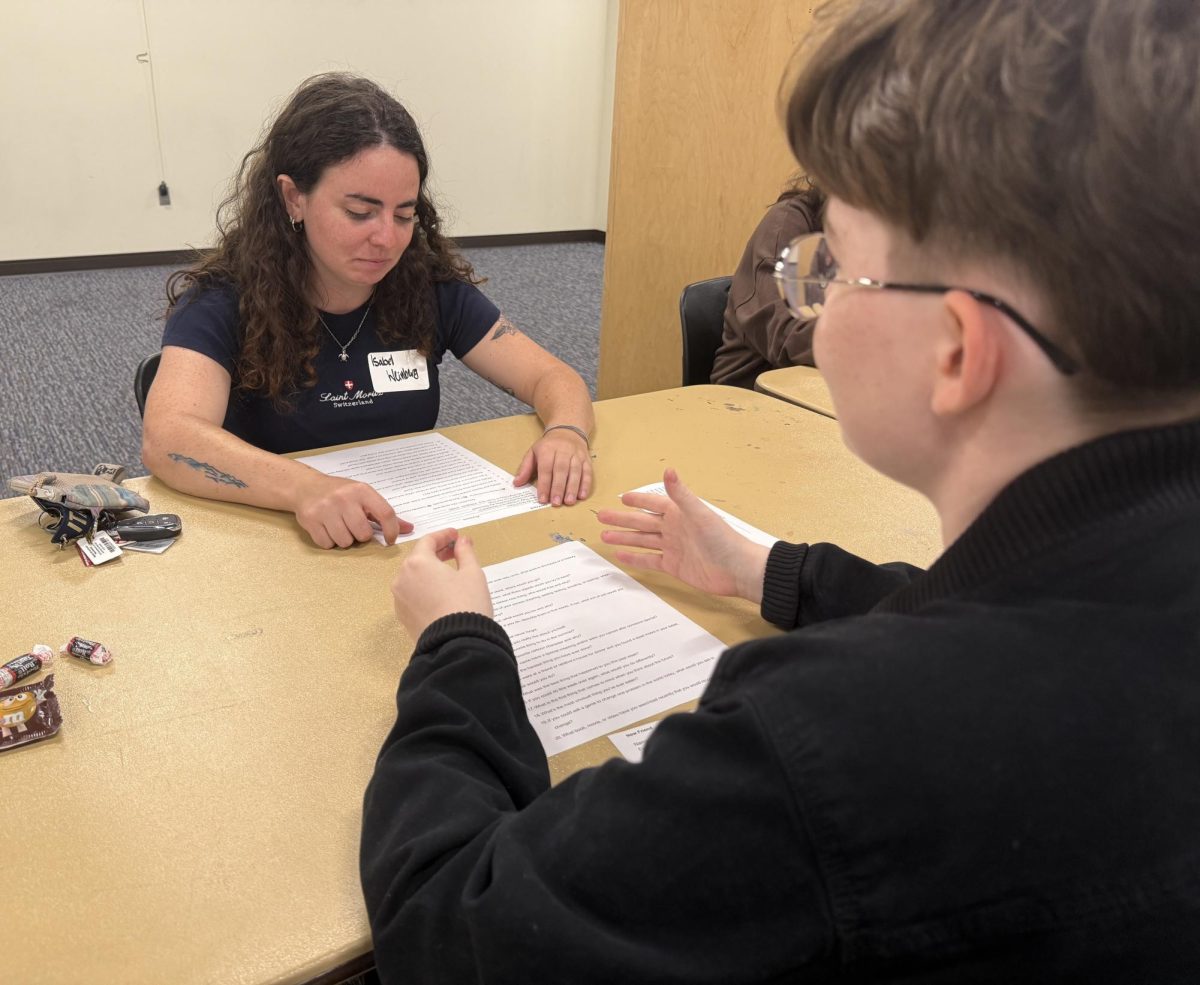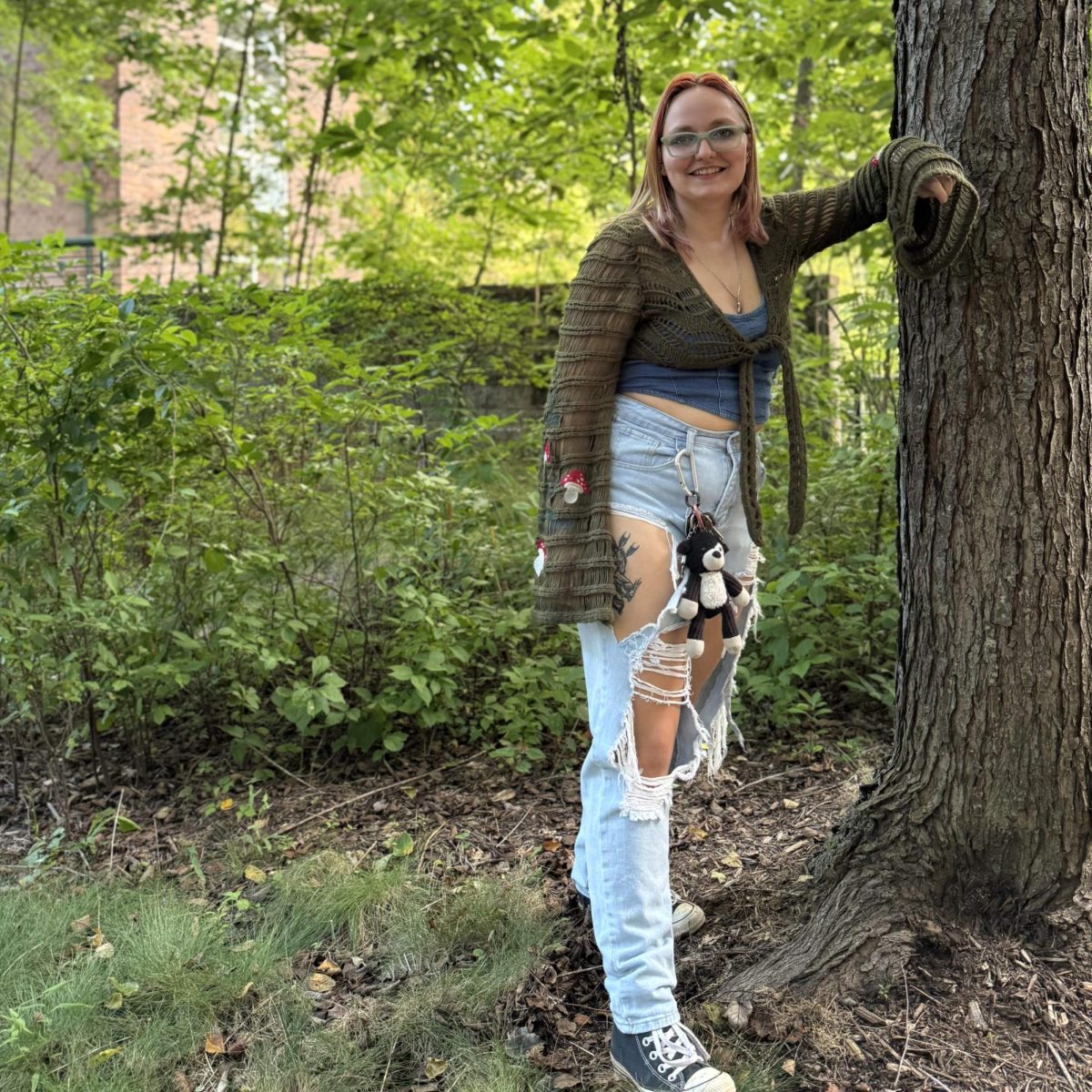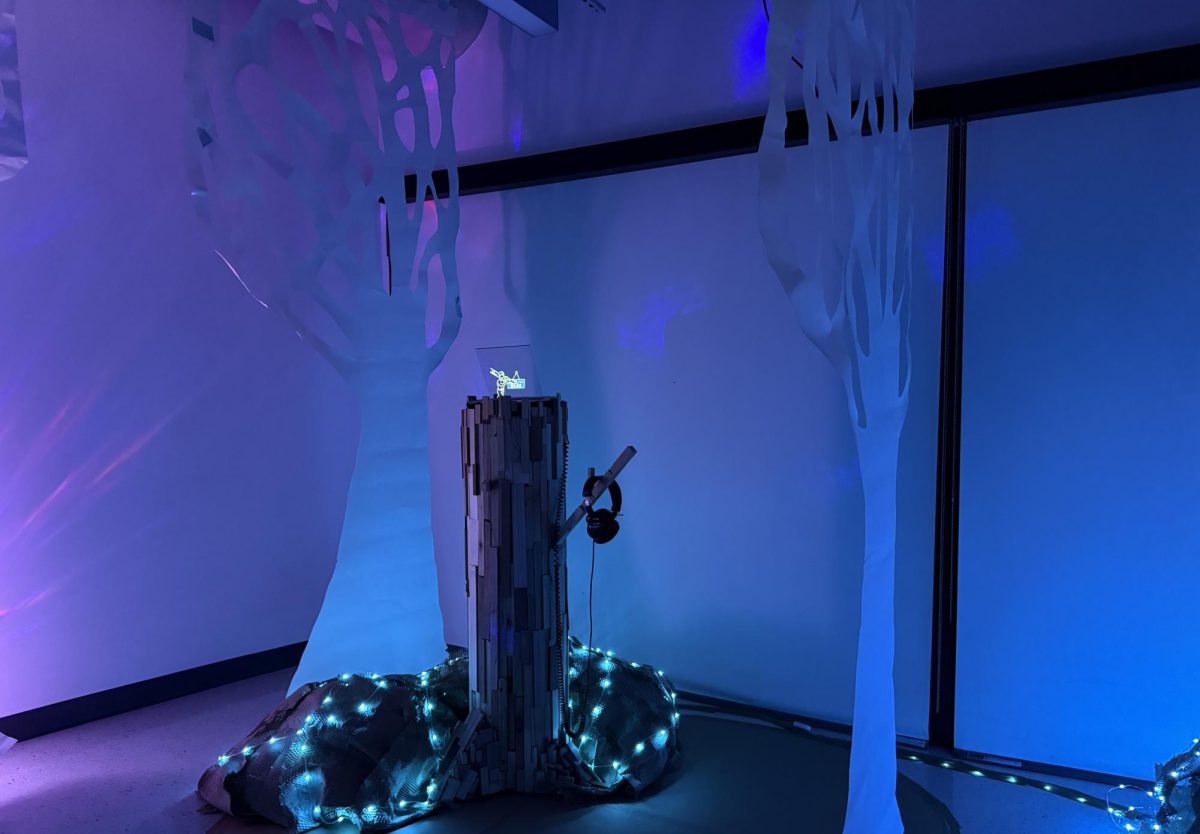Sarah Shadburne
Assistant A&F Editor
[email protected]
Artist Mel Chin, known for his diverse collection of work spanning a multitude of social and political topics, brings his newest idea to UNC Asheville. Though much mystery surrounds the specifics of the project, the exhibition will head to New York for display in Times Square beginning on Earth Day 2018.
The project combines the art, new media, engineering and mechatronics departments, and engages the use of augmented reality technology, which enhances the world seen through a smartphone lens by superimposing images and graphics into the field.
Jesse Juday, a 21-year-old team leader on the project, coordinates communication between the eight-student engineering team, administrators, the new media department and Chin and his assistants.
“Basically we’re working on a project that’s promoting awareness of sea-level rise,” Juday said. “As a team, we’re building a physical object that would be on the ground in Times Square.”
Chin tackled ocean issues once before in his 2014 installation SEA to SEE at the Mint Museum in Charlotte, focusing on coral bleaching, oxygen depletion, species extinction and other issues between the Atlantic and Pacific oceans as a result of human industries.
“Mel is really trying to promote uneasiness from the physical design,” Juday said. “We’re doing what we can as engineers to make that uneasiness safe for the thousands of people rolling through Times Square every day.”
Juday said his team works to proof for potential damages that could occur over a 10 year period, such as weathering, rusting, movability and transportation.
“Something as small as say, they want to ship it overseas,” Juday said. “How is it going to interact with salt? Everything has to be considered: what’s pertinent to the success of the project and what’s not.”

The team must work as independent pieces of the same project, keeping the fixed end goal in mind while accommodating to weekly changes.
“There’s a conversation back and forth the whole time,” said Jacob Fink, a 22-year-old engineering student and materials and fabrication lead on the project. “It’s kind of an ever-changing design.”
Fink said the continuously developing nature of the project has challenged him, as projects in his field tend to have more concrete parameters and deadlines from the beginning, describing it as an interesting call-and-response dynamic between artist and engineer.
“I realize now how difficult it can be for an artist to have an idea that he likes — and even probably loves to a certain extent — and getting the idea into something that we can handle as a team of college students,” Fink said.
Through his work on the project, Fink said he has a greater appreciation for the arts and and an expanded educational experience recognizing the challenges artists face translating ideas to reality.
“It’s cool to finally take some of what we’re learning in class and apply it,” Fink said. “So much of what we do in class is just theory, so we don’t have a ton of experience putting that into practice.”
This will not be the first time Chin has been on campus. Adjunct Instructor of Arts and Ideas Alison Ormsby incorporated Chin into her environmental art class in previous semesters, citing his affinity for social commentary.
“In my class, we deal with any kind of art that has an environmental topic,” Ormsby said. “Chin does a fair amount of work with environmental restoration and art.”
Beginning in 1991, Chin began a project sculpting the ecology of a hazardous-waste landfill site called “Revival Field,” which continues today in efforts to detox heavy metals from contaminated soil.
“There’s lots of different ways and places people can encounter art,” Ormsby said. “Every time you look at an artist, you learn more about the issue.”
The environmental art class Ormsby teaches encourages students to engage in art criticism, seeing the potential art has for compelling a viewer to care about an issue even if that manifests as just awareness of the topic.
“The idea is that after the class students will view art in their daily lives in a different way,” Ormsby said. “It might be the only art class a student takes in college. I want students to see art in the world and enjoy it and know more fully some of the environmental issues facing us today.”
According to Ormsby, these factors made Chin a perfect fit for her class curriculum.
“He actually has a hilarious sense of humor,” Ormsby said. “It’s very lucky for UNCA that we have him on campus. I think it’s totally a gift.”


![Brooke Pedersen [second from the right] and Luis Reyes [right] hold banners during the Wrap The Woods event.](https://thebluebanner.net/wp-content/uploads/2025/09/ELIZABETH_PRITCHITT_IMG_3470-1200x804.jpg)





















